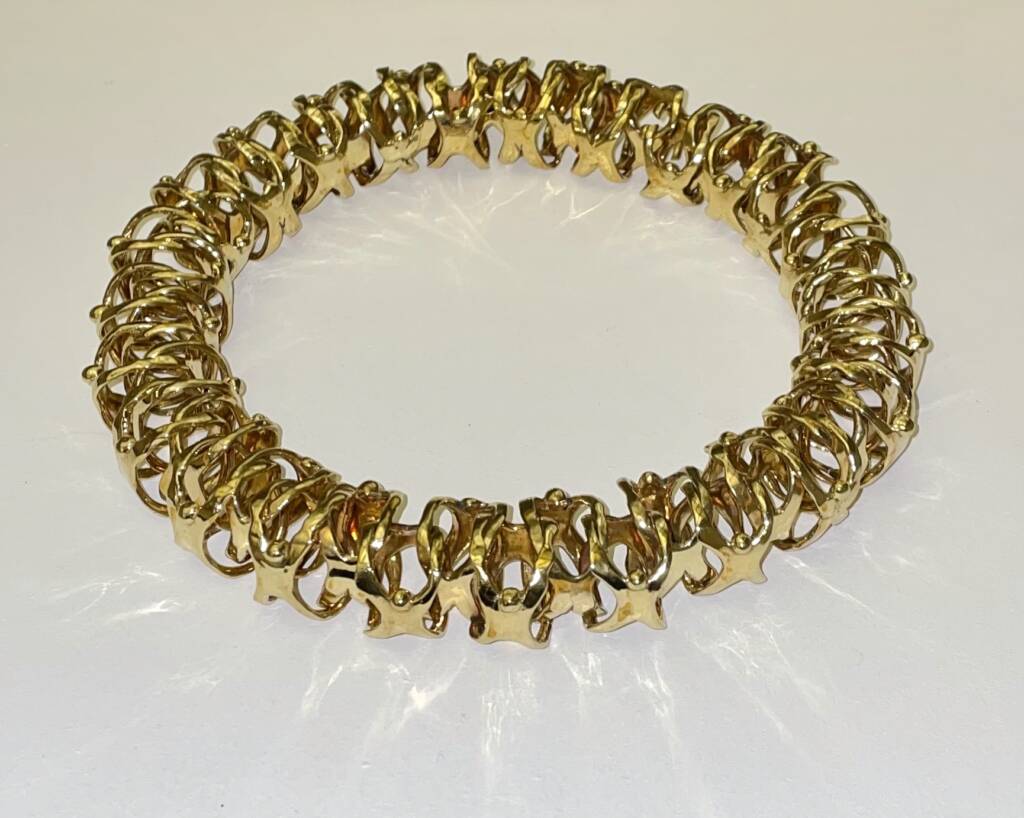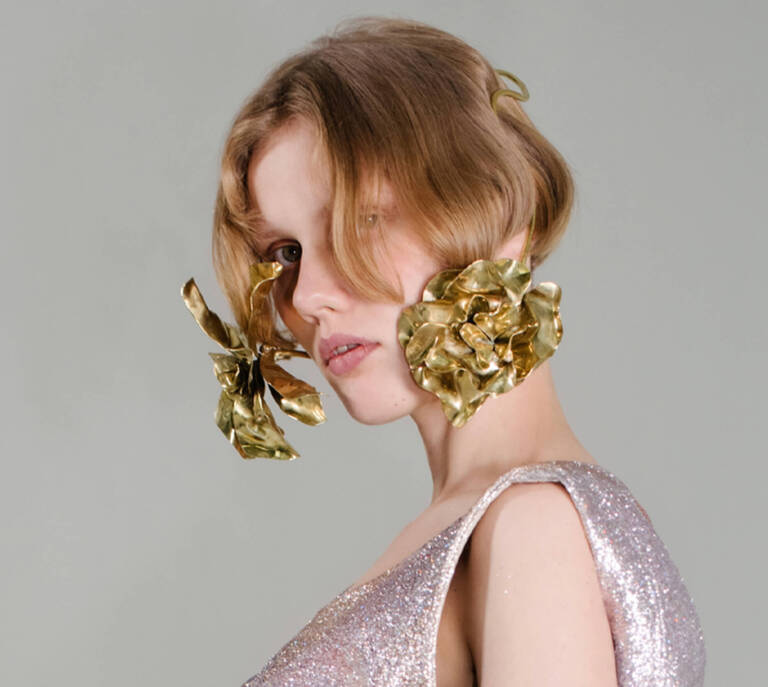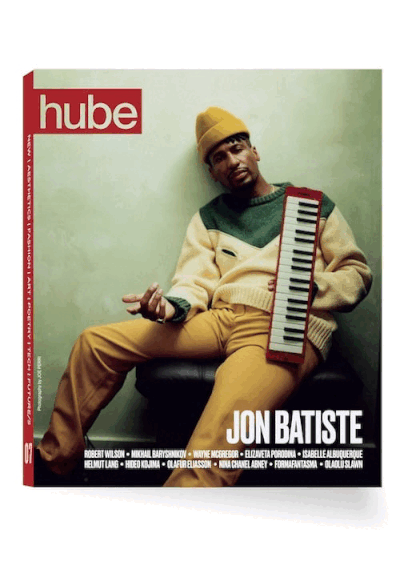Rosalie Carlier is a jewellery designer whose career spans both fine art and high fashion. After studying at the Royal Academy of Fine Arts in Antwerp, she has since worked in collaboration with Louis Vuitton, Jean Paul Gaultier, D’heygere, Courrèges, and Diesel, designing pieces that rethink what adornment can do—not just as a sculpture, but as a mode of identity and expression.
Her recent work with Jacquemus has been some of her most bold, with her statement pieces featured throughout the collection as a whole, most notably the S25 Banana Earrings, which were not only a compelling accompaniment to the overall look, but ineffaceable. Central to her vision is the acclaimed Uniting Selves series—which appeared in her recent exhibition with Dover Street Market–interlocking chains that celebrate connection through the rejection of uniformity. By weaving this ethos into her high-fashion collaborations, Carlier brings radical altruism to jewellery design—ratifying it as both an ornament and provocation.
hube: What was your very first act of creation, and how did it set the foundation for the practice you have today?
Rosalie Carlier: That would probably be making clothes for my Barbie dolls as a kid. I remember waking up and feeling the urge to make something I had in my mind, to turn an idea into something tangible. This is when I discovered how much I enjoy working with my hands and the delight of seeing something come to life this way, which I still love. I used to draw a lot—mostly comic books with characters dressed in funny outfits. I was obsessed with comic books as a kid, and my dream was to become a comic book author.
h: Working with metal forces you into a dialogue with time—time spent designing, time in the atelier, the permanence of the material itself. How does this relationship with durability and ageing shape your thinking?
RC: My love for metal runs very deep. There’s something magical in starting with nothing more than some grains or wire—seemingly insignificant fragments—and, within a relatively brief span, creating a piece of jewellery that will remain unchanged forever. It still moves me; it gives me a thrill. Working with metal carries its own pace. You cannot rush it—the melting, heating, forging—they all happen in their own rhythms. And yet, from what is often an unrecognizable, formless beginning, a fully formed and lasting object emerges.
There is a beautiful contradiction here: the permanence of metal set against the fleeting rhythm of trends. That is why I choose to work consciously with gold and silver for my own collection. If trends are destined to be temporary, then the piece itself must choose not to be—both in its design and in its execution. Precious metals carry this promise. They do not diminish with time; instead, they gather stories. Through wear—they soften, they tarnish, they change—but in that change they become even more beautiful. They begin to speak of the life they have lived with their wearer. Jewellery made of base or non-precious metals, unfortunately, does the opposite: it wears down, it erodes, and it becomes replaceable. I want my work to resist that disposability. This is what I long to create. I want each piece to remain, to endure, and to carry the narrative of time rather than be erased by it.
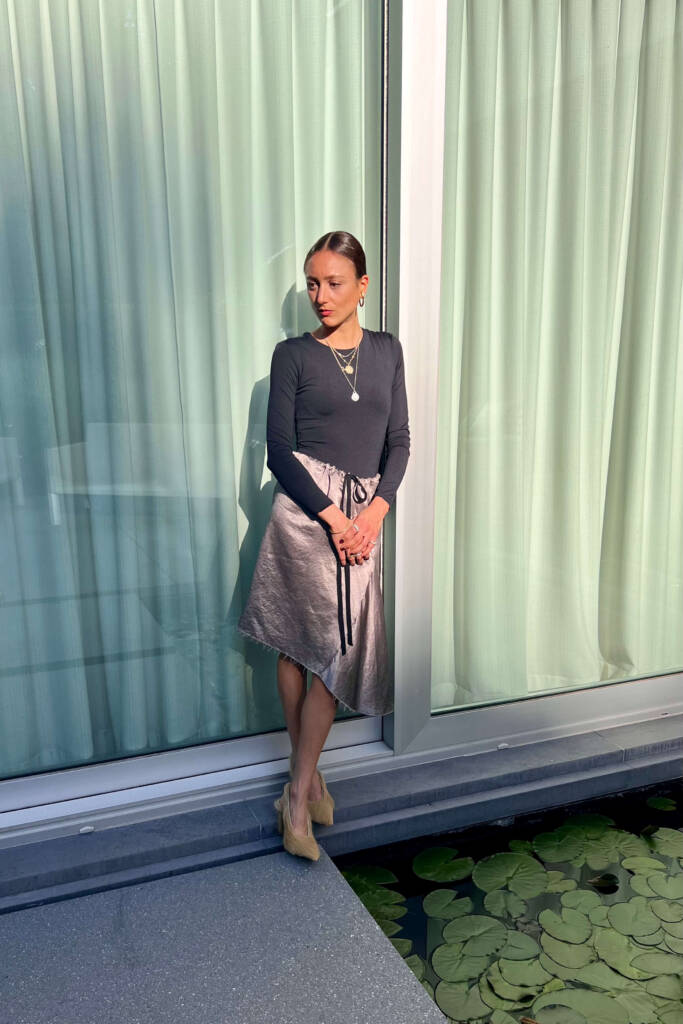
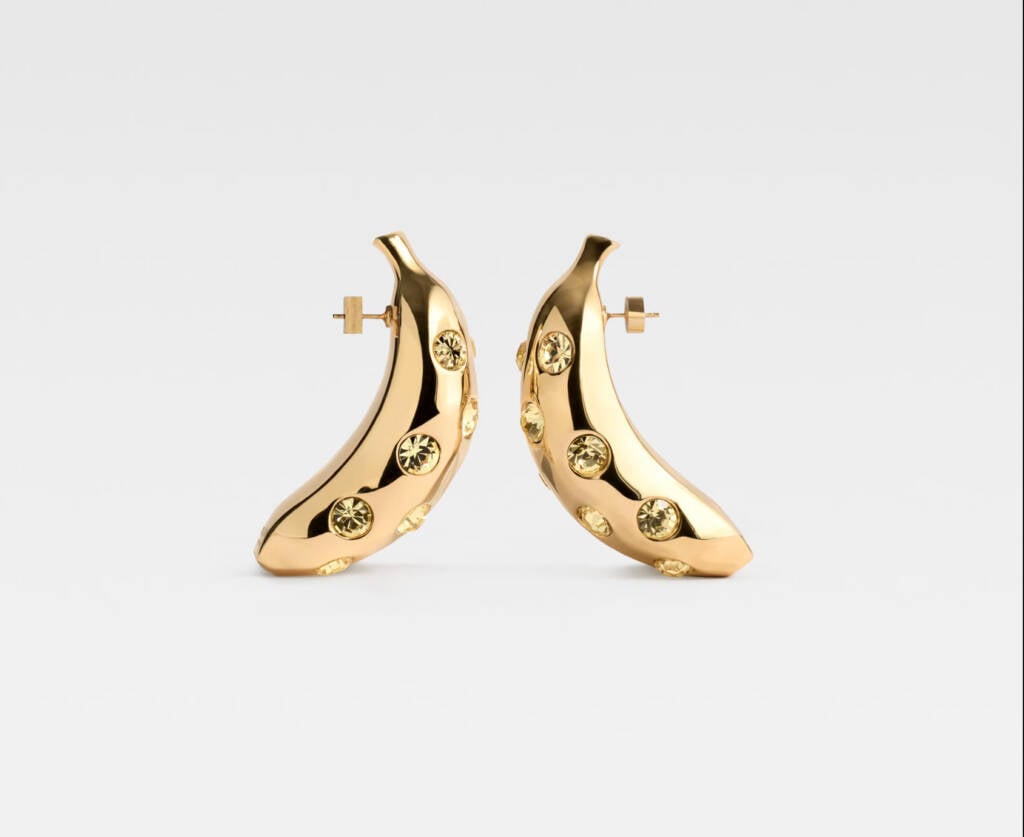
Courtesy of JACQUEMUS
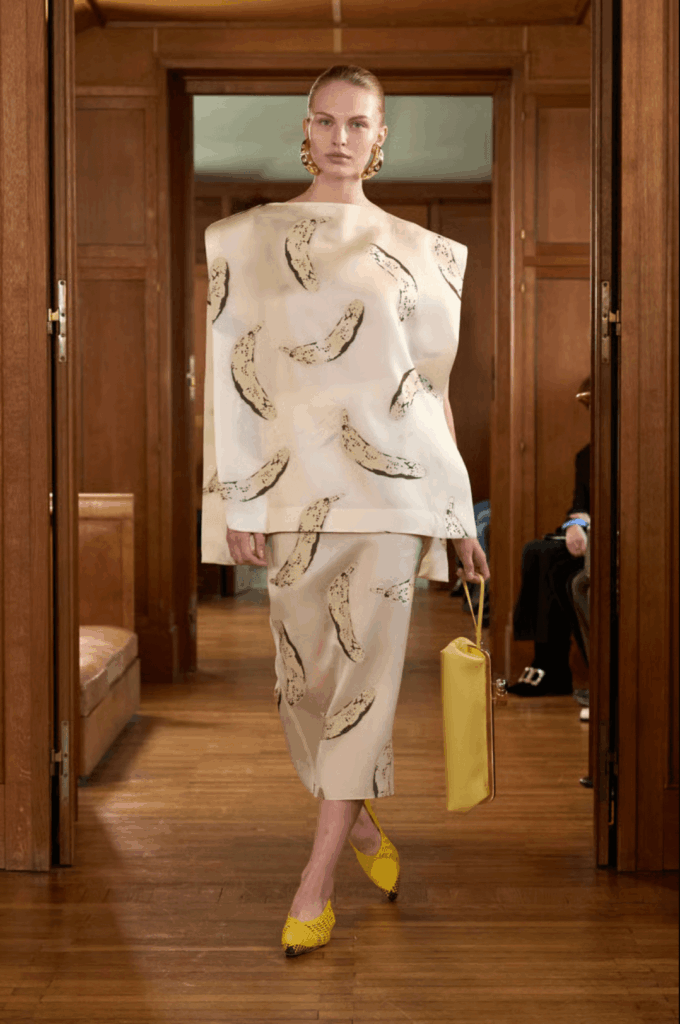
Courtesy of VOGUE RUNWAY
